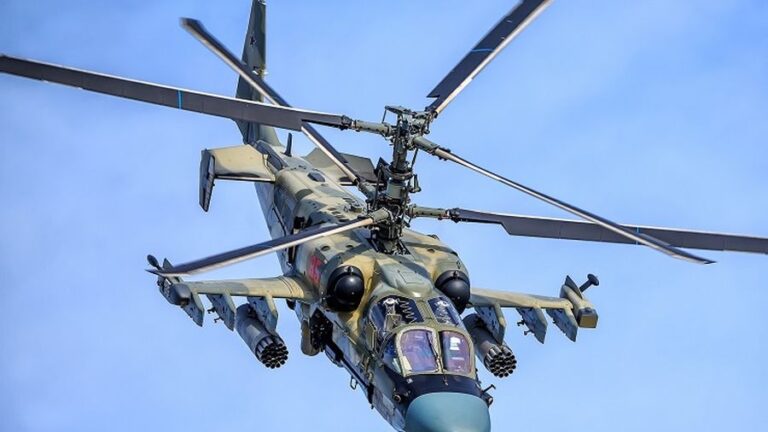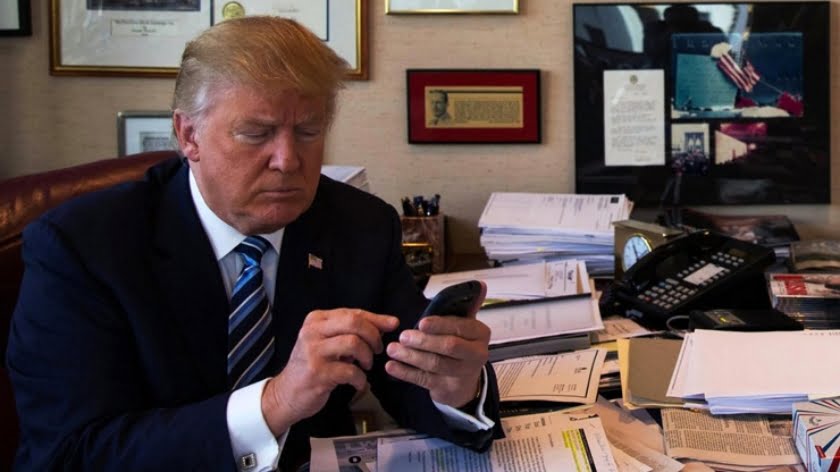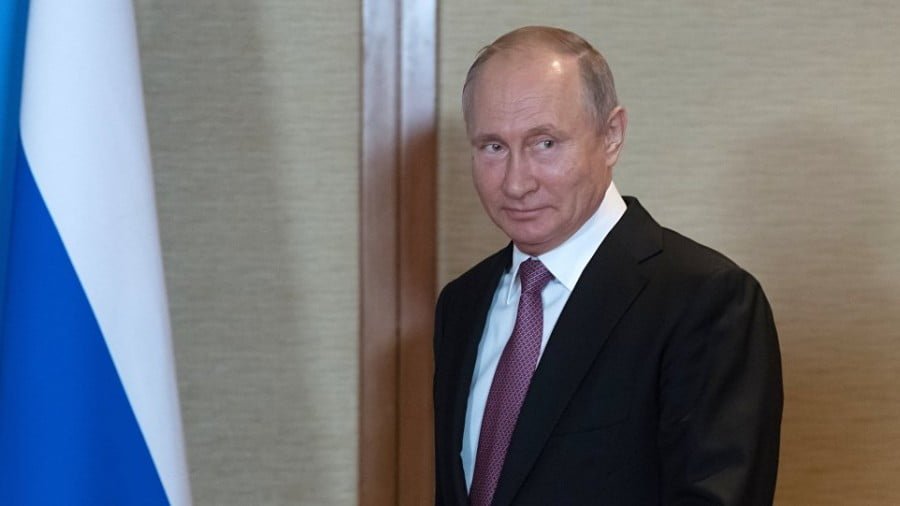America’s Long War: US Tightens the Noose on China
Donald Trump’s 2016 election victory signalled an about-face for American foreign policy. With control of the US military apparatus temporarily wrested from its spy agencies for the first time since Truman kicked off the Cold War, the strategists behind Trump’s MAGA platform have been far more focused on waging economic war on China and Latina America than wasting blood and treasure redrawing the map of the Middle East. This has gifted Syria a reprieve in the immediate term, but with Bannon, Flynn and Gorka now out of the picture and Stephen Miller’s departure expected any time soon, Trump is now isolated and effectively neutered. Any hopes there might have been for détente with Russia and a more measured approach to foreign policy must now be viewed in the past tense.
With the generals now in charge of the White House and Vice President Pence waiting in the wings, one wonders what plans lay in store for Trump. The obvious danger is that if he is removed, the resulting backlash from his support base could trigger an internal collapse and perhaps even civil war. The recent events in Charlottesville are nothing compared to the kind of hell which could spill over onto the streets in response to such a betrayal. Meanwhile the doubling down of troop deployment in Afghanistan, the unlawful search and seizure of Russian diplomatic property, wild threats against Venezuela and war games on the Korean Peninsula are signs that global stability is also under threat, perhaps more so than at any time in the last 70 years.
Love or hate Steve Bannon, his August 16 interview with American Prospect magazine was a broadside against US militarism which put the policy ambitions of the Trump administration keenly into perspective: “To me, the economic war with China is everything. We have to be maniacally focused on that. If we continue to lose it, we’re five years away, I think, 10 years at the most, of hitting an inflection point from which we’ll never be able to recover.” On the subject of North Korea, he had this to say: “Until somebody solves the part of the equation that shows me that ten million people in Seoul don’t die in the first 30 minutes from conventional weapons, I don’t know what you’re talking about, there’s no military solution here, they got us.”
While Bannon’s musings confirm what many already suspected, it does raise serious questions as to what is really going on the Peninsula. The fact that Seoul could be turned into an ocean of blood within half an hour makes a US pre-emptive attack seem unlikely, but the threat of impending war makes perfect sense when weighed against Japan’s whopping $48bn defence budget. Heightened tensions across multiple theatres have been a huge boon for the international arms trade. In a business-as-usual sense, Trump seems to be doing an exemplary job as salesman-in-chief for the military-security complex. Meanwhile US imperium skirts dangerously close to catastrophic self-destruction as it faces off against a rising China.
Afghanistan’s opium goes into more than 90% the world’s heroin supply, and we are told the country also has a trillion dollar fortune in untapped rare earth minerals, which US mining companies can’t wait to get their hands on. But while these factors are obviously of strategic importance, to the student of history another question looms large. What were the British doing there in 1837-42 that was worth losing 4500 soldiers over?
Afghanistan has been empire’s pivot to Asia for centuries. Today it sits at a strategic crossroads between the $46bn China–Pakistan Economic Corridor (CPEC), and the International North South Transportation Corridor (INSTC) connecting India to Russia though Central Asia. With China and Iran aiming to increase bilateral trade to $600 billion in the next decade, the recent round of US sanctions against Iran and the military surge in Afghanistan go hand in hand to form a multi-pronged attack aimed primarily at disrupting China’s growing regional influence.
CPEC is a vital link for Eurasian connectivity, the flagship project of China’s Belt and Road Initiative. It includes a network of industrial parks, railways and roads, oil and gas pipelines and fibre optic cables running between Pakistan’s port city of Gwadar and China’s Xingxang province. To the cynically minded it should come as no surprise that Trump would seize the opportunity to take aim at Pakistan in his recent speechifying, falsely accusing it of providing “safe havens for terrorist organizations,” which are active in Afghanistan. Pakistan in fact stands alone in its counter terrorism efforts, as the only country to have completely liberated all of its territories from so-called Islamist extremists, without outside help.
India’s strategic relationship with Afghanistan and support of separatists in Pakistan’s Balochistan province also presents problems for CPEC. With half of its population under 25 and economic growth locked in at just under 6%, India is expected to take over the factory floor of Asia within the next 30 years. Having recently been named as the Pentagon’s “major defence partner”, it’s reasonable to expect that the US will be banking its chips on New Delhi to isolate Beijing. But with the Dokalam standoff now resolved, and US sanctions frustrating India’s plans to develop Iran’s Chabahar seaport, perhaps even India could soon find itself outside of Washington’s orbit.
The 2800 km Bangladesh-China-India-Myanmar (BCIM) Economic Corridor will link Kolkata in India with Kunming in China’s Yunnan province, via Dhaka (Bangladesh) and Mandalay (Myanmar). The central hub of this corridor is the Kyaukphyu Special Economic Zone (KSEZ), which includes an express railway and deep water port, and has the potential to turn Myanmar into a regional logistics hub drawing in trade from neighbouring Thailand and Laos. Where any sane person can see the enormous potential for regional development here, the generals at the Pentagon see an enemy supply line. With the US and its allies tightly controlling the Strait of Malacca, a potential choke point for the supply of oil into China, the $10bn Sino-Myanmar pipeline which runs from the Bay of Bengal to China’s Yunnan province is now critical to China’s energy security. In the right circumstances, say reports of ‘civil unrest’ or ‘ethnic cleansing’, the US could place Rakhine state under its protection, sabotaging the KSEZ project. Understanding this context is vital to making sense of the latest reports coming out of the NGO-Industrial complex.
Occupying the northern coastline of Myanmar up to its border with Bangladesh, and corresponding to the historical Kingdom of Arakan, Rakhine State has a history of occupation dating back to the Burmese Konbaung Dynasty. In 1826 it fell under British colonial rule, firstly as part of British India and later annexed to the Crown Colony of British Burma, which would gain independence in 1948. Like the Uighur of China’s Xingxang province, Myanmar’s Rakhine Muslim minority, known more widely as ‘Rohingya’, are insurgents backed by Western political interests, receiving arms and training from the usual sources. Playing the role of agents provocateur in the latest round of psy-ops, their violent crimes against the local Buddhist population have provoked brutal counter attacks against ethnic Muslims across the country – violence which the “international community” blames on the Burmese authorities. As with Libya and Syria, it comes as no surprise to see Erdogan leading the call for military intervention in Myanmar. Not to belittle the real and ongoing plight of Myanmar’s minority Muslim population, but haven’t we been to this movie before? Suffice it to say Western cynicism truly knows no limits.
Aung San Suu Kyi has been the darling of the liberal ‘free press’ for two decades. The poster child for Burmese independence, her opposition to Myanmar’s military Junta earned her a Nobel Peace Prize and 15 years under house arrest before her National League for Democracy finally won a landslide victory in 2015. Suu Kyi now finds herself in the same league as Saddam and Noriega – a rogue asset whose lease has now expired. No doubt this will be uncomfortable for many to swallow, but before we allow our emotions to be manipulated into supporting more humanitarian violence, we should have no illusions about the nature of the beast we are dealing with. Responsibility to Protect is almost always a precursor to genocide.
American exceptionalism has a human cost. 90 thousand Afghanis seems a low number compared to the million and a half we slaughtered in Iraq over the course of two wars and intervening sanctions. 25 thousand Libyans is a minor figure next to the hundreds of thousands of migrants who’ve since made their way across the Mediterranean into Europe, to say nothing of those who didn’t make it. Syrian casualties number half a million. With Iran, North Korea, Myanmar and Pakistan marked as the next targets for regime change, where does the death and destruction end? How many more countries must be destroyed in the name of empire? How many more innocent lives extinguished in humanitarian wars?
Perhaps the final word should go to the BRICS: “We condemn unilateral military interventions, economic sanctions and arbitrary use of unilateral coercive measures in violation of international law and universally recognized norms of international relations. We emphasize that no country should enhance its security at the expense of the security of others.” Xiamen Declaration, BRICS Summit, 3 Sept 2017.
By Sean Stinson
Source: Counter Punch







